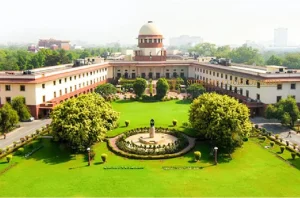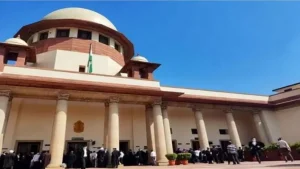Currently, as per records mentioned on IBBI Website, there are some 4,400 IP individuals and some 77 entities registered as IPs. In just last four months Insolvency Bankruptcy Board of India ‘IBBI’ disposed of 11 disciplinary actions initiated against IPs. Out of these 11, IBBI ordered suspension, penalty and warning in 10 cases and left one case open as it was sub-judice. The following are some examples of the manner in which the conduct of IP are crippling the CIRP process:
1) In Mukesh Mohan, In Re [2018] 1 : The insolvency professional was found guilty of deceiving the Board, NCLT, and the Committee of Creditors (CoC). He had also delegated his duties to a third party, represented one of the creditors, acted outside of his jurisdiction without the CoC’s consent. In this matter, the professional was debarred from undertaking any new assignment under the Code.
2) Sanjay Ruia, In re [2018] 2 : The IRP quoted fee of Rs 13.75 crores, which was abnormally high and had no justification. It was held that IRP had contravened Code of Conduct for Insolvency Professionals leading to his suspension for a period of one year.
3) In Martin S K Golla In re (2018) 3 : The registration of an Insolvency Professional was cancelled as he connived with parties to allow a one-time settlement in the garb of resolution plan and allowed an ineligible resolution applicant to submit a one-time settlement plan. In addition, he was also found guilty of not discharging his role in running the business of corporate debtor or CIRP.
4) In case number No. IBBI/DC/14/2018 Dated 28th January, 2019 4 , the IP failed to file within time a progress report or make a public announcement, appoint a registered valuer, and circulate an information memorandum. He resigned from the post without prior permission of Adjudicating Authority (AA) and did not run the CD as a going concern. The Board slapped a monetary penalty on him equal to one hundred percent of the total fee payable to him as IRP and as RP.
b) Regulatory Framework
The insolvency regime is governed by the provisions provided under the Code. The key institutions in this regard are:
- The Regulator: Insolvency and Bankruptcy Board of India
- Adjudicating Authority: National Company Law Tribunal and National Company Law Appellate Tribunal (NCLT & NCLAT)
- Insolvency Professional Agency (IPA): The following three IPA that have been recognized.
- Indian Institute of Insolvency Professionals of ICAI
- ICSI Insolvency Professionals Agency
- Insolvency Professional Agency of Institute of Cost Accountants of India
The members of these IPA include Charted Accountants, Company Secretary, Cost Accountants, Advocates etc. The dynamics between these institutions in this domain is an interesting one. IP are appointed by the NCLT, report to the NCLT, and the power to remove them from the CIRP process is also with NCLT. However, the IBBI has the power to take disciplinary action against an IP. In addition, any irregularity related to the Corporate Insolvency Resolution Process (CIRP) falls under the jurisdiction of the NCLT for adjudication, except for irregularities involving the Insolvency Professionals (IPs).
The main concern around this framework is that IBBI holds the power to initiate and adjudicate irregularities concerning IPs while NCLT has the information on the matter, it, as an adjudicating authority is involved at every stage of CIRP. The power to adjudicate and impose a penalty on IPs may fall under the domain of dual regulatory authority, i.e IPA which is their parent organization as they are registered with one if the IPAs and IBBI as it is the regulatory body. However, a parallel power should be bestowed on NCLT to put the facts and share their findings with IBBI and IPA. These finding can become ground for investigation and concluding the disciplinary action in time efficient manner. The argument of overburdening the tribunal with more responsibility may be an argument against this. However, if this responsibility is given to the NCLT, IBBI will not to spend time and resources on understanding a matter which NCLT is already well-versed with. Second, it will empower NCLT which oversees the CIRP process with a sanction to have audit eyes on the working of IPs thereby facilitating a clean and fair CIRP process and retaining the essence of the Code.
Another pertinent issue which currently is subjudice before the Supreme Court– Are IPs “public servants”?
Interestingly, the Code does not prescribe specific duties to be discharged by insolvency professionals, this has been laid down through series of judgments. The question if IPs are public servants and thereby should come under the domain of the Prevention of Corruption Act (POCA) came up nn the Sanjay Kumar Agarwal v. CBI 5 case wherein, the RP was arrested by the CBI after being caught red-handed accepting a bribe from the promoters. The RP argued that he is not a public servant and is therefore not protected by the POCA Act. The Jharkhand High Court stated that the RP is a public servant under the POCA because RP’s responsibilities under Section 208 of the Code are public in nature. A contrary judgement has been given by the Delhi High Court in the case of Dr. Arun Mohan Vs. Central Bureau of Investigation 6. The Court stated that had there been a legislative intent to include IPs as public servant, the Code would have stated that clearly.





